-
 bitcoin
bitcoin $124586.364639 USD
0.62% -
 ethereum
ethereum $4670.671710 USD
3.33% -
 xrp
xrp $2.983701 USD
0.18% -
 tether
tether $1.000175 USD
-0.03% -
 bnb
bnb $1209.430642 USD
2.76% -
 solana
solana $231.365861 USD
0.51% -
 usd-coin
usd-coin $0.999665 USD
-0.02% -
 dogecoin
dogecoin $0.264657 USD
4.46% -
 tron
tron $0.346415 USD
1.60% -
 cardano
cardano $0.871586 USD
3.70% -
 chainlink
chainlink $23.451270 USD
7.56% -
 hyperliquid
hyperliquid $46.860071 USD
-2.96% -
 ethena-usde
ethena-usde $1.000120 USD
0.04% -
 sui
sui $3.611279 USD
1.08% -
 stellar
stellar $0.407149 USD
0.96%
Why is my crypto transaction taking so long?
Network congestion and low transaction fees are common causes of delayed crypto transactions, especially on blockchains like Bitcoin and Ethereum during high-demand periods.
Aug 11, 2025 at 11:35 am
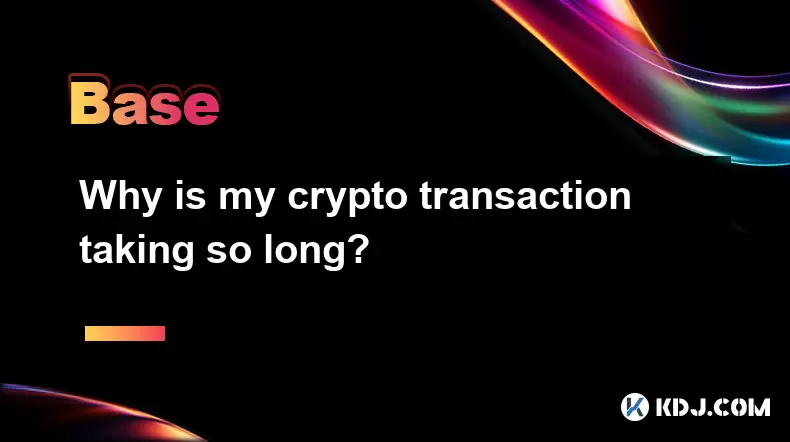
Understanding Blockchain Network Congestion
When a crypto transaction is delayed, one of the most common causes is network congestion on the blockchain. Blockchains like Bitcoin and Ethereum have limited block sizes and processing speeds. Each block can only include a certain number of transactions, and new blocks are added at fixed intervals—approximately every 10 minutes for Bitcoin and every 12–14 seconds for Ethereum. When the number of pending transactions exceeds the available space in blocks, a backlog forms.
During periods of high demand—such as during a major market movement, NFT minting event, or token launch—users flood the network with transactions. This leads to a transaction mempool becoming overloaded. The mempool is a holding area where unconfirmed transactions wait to be picked up by miners or validators. Transactions with low gas fees or low miner fees are typically left at the bottom of the queue. As a result, they may take hours or even days to confirm.
To check if congestion is the issue, you can use blockchain explorers like Etherscan for Ethereum or Blockchain.com for Bitcoin. These platforms display the current pending transaction count and average confirmation time. If the mempool is full, you’ll see a long list of unconfirmed transactions. In such cases, your transaction is likely stuck simply because it’s waiting its turn.
How Transaction Fees Impact Confirmation Speed
The transaction fee you set plays a crucial role in how quickly your transaction is processed. Miners or validators prioritize transactions that offer higher fees because it increases their revenue. If you set a low fee, your transaction may be ignored during busy periods.
On Ethereum, fees are measured in gwei and depend on two components: the base fee (set by the network) and the priority fee (tip to the miner). Wallets like MetaMask often suggest fee levels: low, medium, and high. Choosing the low option may save money but drastically increase confirmation time. During congestion, even a medium fee might not be enough.
To manually adjust fees on MetaMask:
- Open the transaction in your wallet
- Click 'Edit' on the fee section
- Increase the Gas Price (for Ethereum Legacy) or Max Priority Fee (for EIP-1559)
- Confirm the new fee and speed up the transaction
For Bitcoin, fees are based on satoshis per byte. You can use tools like BitInfoCharts or Mempool.space to see recommended fee rates. If your transaction used a fee below the current average, it will likely be delayed. Some wallets allow Replace-by-Fee (RBF), letting you resend the transaction with a higher fee.
Wallet and Exchange Processing Delays
Sometimes, the delay isn’t on the blockchain but within the wallet or exchange you’re using. Centralized exchanges like Binance, Coinbase, or Kraken often impose internal processing times before broadcasting your withdrawal to the blockchain.
These platforms may conduct security checks, compliance reviews, or batch withdrawals to reduce costs. As a result, your transaction might not even appear on the blockchain for several minutes or hours after initiation. To verify this, check your exchange’s transaction history or withdrawal status. Look for statuses like 'Processing', 'Pending', or 'Broadcasted'.
If the status shows 'Completed' on the exchange but the funds haven’t arrived, use a blockchain explorer to search your wallet address. If no transaction appears, it hasn’t been sent yet. Contact the exchange’s support team and provide your transaction ID (TXID) or withdrawal ID for clarification.
For cold wallets like Ledger or Trezor, ensure your device is properly connected and the correct network is selected. Sending funds on the wrong network (e.g., ERC-20 token via BEP-20) can result in lost funds or long delays.
Using Blockchain Explorers to Track Your Transaction
A blockchain explorer is essential for diagnosing transaction delays. These tools allow you to view every transaction on a public ledger. To use one:
- Copy your transaction hash (TXID) from your wallet or exchange
- Go to the appropriate explorer (e.g., Etherscan.io for Ethereum, Blockchair.com for Bitcoin)
- Paste the TXID into the search bar
- Press Enter
The results will show whether the transaction is:
- Pending: Not yet confirmed
- Confirmed: Successfully added to a block
- Failed: Rejected due to insufficient fee or smart contract error
If the status is pending, check the gas price or miner fee. Compare it to the current network average. If it’s significantly lower, the transaction may remain stuck. Some explorers, like Etherscan, offer a 'Speed Up' button that lets you rebroadcast the transaction with a higher fee.
For Bitcoin, if the transaction is unconfirmed for over 72 hours, it may be dropped from the mempool. In that case, the funds return to your wallet, though this can take additional time.
Smart Contract and Token-Specific Issues
Transactions involving tokens (e.g., USDT, UNI, LINK) or smart contracts can face unique delays. Unlike native coins (ETH, BTC), tokens require interaction with a contract address, which may have gas-intensive functions or approval steps.
For example, when using decentralized exchanges (DEXs) like Uniswap or PancakeSwap, you must first approve the token contract before trading. This approval is a separate transaction that also requires gas. If you skip this step or it fails, the swap won’t proceed.
Common issues include:
- Insufficient gas limit: The default gas limit may be too low for complex contracts
- Slippage tolerance: If price movement exceeds your set slippage, the transaction reverts
- Contract bugs: Rare, but some tokens have known issues that cause failed transactions
Always double-check:
- The correct token address
- The network (e.g., Ethereum vs. Polygon)
- The gas limit (increase it slightly if the transaction fails)
Frequently Asked Questions
Why is my transaction stuck even with a high fee?Even with a high fee, a transaction can stall due to nonce conflicts. Each transaction has a nonce (sequential number). If you send multiple transactions from the same wallet and they’re out of order, the network will reject them until the correct sequence is restored. Use your wallet’s 'Cancel' or 'Speed Up' feature to resolve this.
Can I cancel a pending crypto transaction?You cannot cancel a transaction once broadcasted. However, you can replace it using Replace-by-Fee (RBF) if your wallet supports it. For Ethereum, you can send a new transaction with the same nonce but higher gas, which replaces the old one. This only works if the original is still pending.
What does 'mined' mean on a blockchain explorer?When a transaction is mined, it means it has been included in a block and confirmed by the network. The number of confirmations indicates how many blocks have been added since. More confirmations mean greater security. Most services require 3–6 confirmations for Bitcoin and 30+ for Ethereum.
Why did my transaction disappear from the mempool?Some blockchains remove unconfirmed transactions from the mempool after a time-out period (usually 3–7 days). If your transaction vanishes, the funds should eventually return to your wallet. This process can take additional time depending on the node software used by the network.
Disclaimer:info@kdj.com
The information provided is not trading advice. kdj.com does not assume any responsibility for any investments made based on the information provided in this article. Cryptocurrencies are highly volatile and it is highly recommended that you invest with caution after thorough research!
If you believe that the content used on this website infringes your copyright, please contact us immediately (info@kdj.com) and we will delete it promptly.
- BlockDAG, DOGE, HYPE Sponsorship: Crypto Trends Shaping 2025
- 2025-10-01 00:25:13
- Deutsche Börse and Circle: A StableCoin Adoption Powerhouse in Europe
- 2025-10-01 00:25:13
- BlockDAG's Presale Buzz: Is It the Crypto to Watch in October 2025?
- 2025-10-01 00:30:13
- Bitcoin, Crypto, and IQ: When Genius Meets Digital Gold?
- 2025-10-01 00:30:13
- Stablecoins, American Innovation, and Wallet Tokens: The Next Frontier
- 2025-10-01 00:35:12
- NBU, Coins, and Crypto in Ukraine: A New Yorker's Take
- 2025-10-01 00:45:14
Related knowledge

How does cryptocurrency achieve decentralization?
Sep 30,2025 at 04:37am
Understanding the Foundation of Decentralization in Cryptocurrency1. Cryptocurrency achieves decentralization primarily through the use of blockchain ...
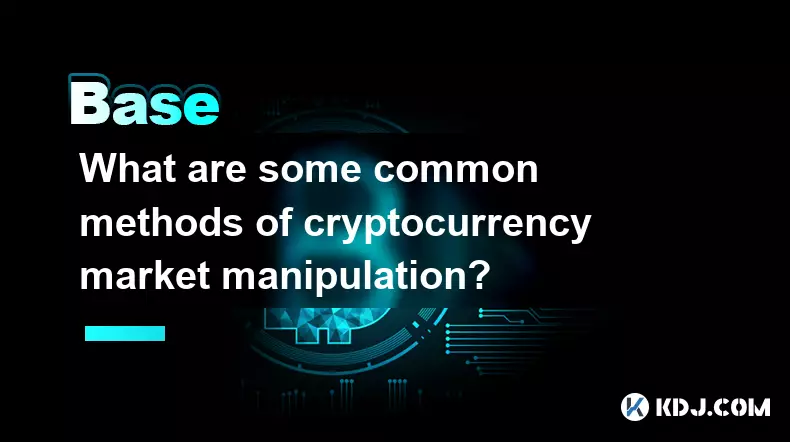
What are some common methods of cryptocurrency market manipulation?
Sep 27,2025 at 02:55am
Wash Trading and Its Impact on Market Perception1. Wash trading involves an individual or entity simultaneously buying and selling the same cryptocurr...
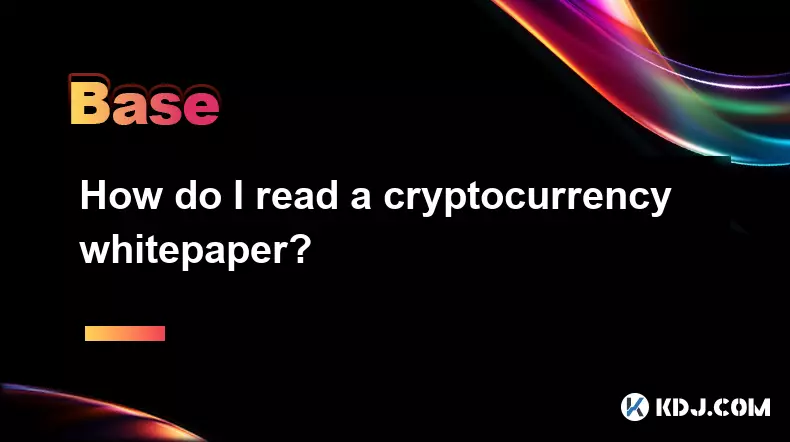
How do I read a cryptocurrency whitepaper?
Sep 27,2025 at 05:54am
Understanding the Structure of a Cryptocurrency Whitepaper1. Begin by identifying the executive summary, which outlines the project’s core vision and ...
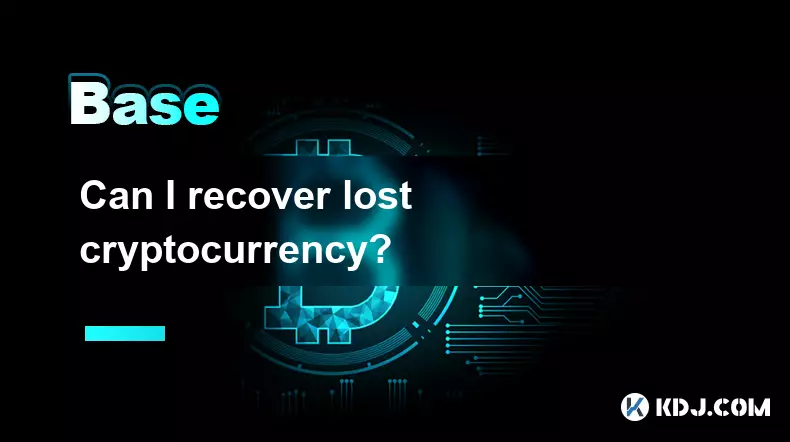
Can I recover lost cryptocurrency?
Sep 25,2025 at 08:18am
Understanding the Nature of Cryptocurrency Loss1. Cryptocurrency operates on decentralized networks, meaning there is no central authority to reverse ...
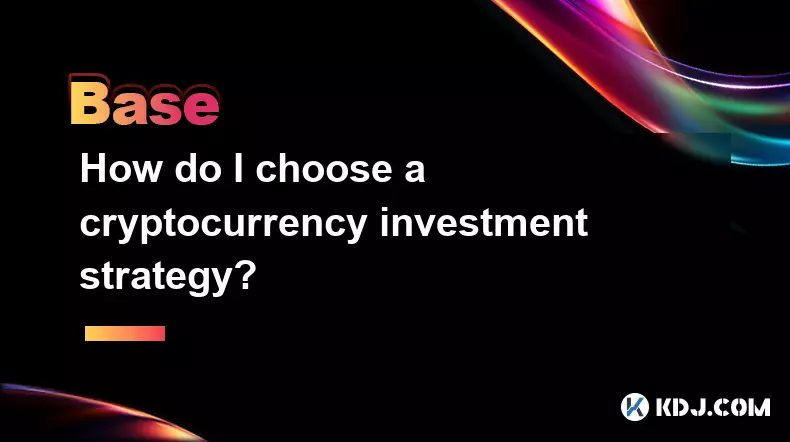
How do I choose a cryptocurrency investment strategy?
Sep 27,2025 at 03:55pm
Understanding Risk Tolerance in Crypto Investing1. Assessing personal risk tolerance is a foundational step when entering the cryptocurrency market. V...
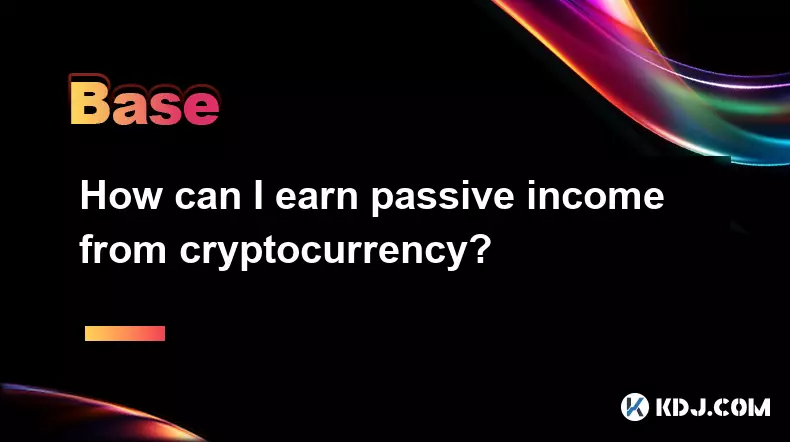
How can I earn passive income from cryptocurrency?
Sep 23,2025 at 10:18am
Staking Cryptocurrencies for Regular Returns1. Many blockchain networks operate on a proof-of-stake (PoS) consensus mechanism, allowing users to earn ...

How does cryptocurrency achieve decentralization?
Sep 30,2025 at 04:37am
Understanding the Foundation of Decentralization in Cryptocurrency1. Cryptocurrency achieves decentralization primarily through the use of blockchain ...

What are some common methods of cryptocurrency market manipulation?
Sep 27,2025 at 02:55am
Wash Trading and Its Impact on Market Perception1. Wash trading involves an individual or entity simultaneously buying and selling the same cryptocurr...

How do I read a cryptocurrency whitepaper?
Sep 27,2025 at 05:54am
Understanding the Structure of a Cryptocurrency Whitepaper1. Begin by identifying the executive summary, which outlines the project’s core vision and ...

Can I recover lost cryptocurrency?
Sep 25,2025 at 08:18am
Understanding the Nature of Cryptocurrency Loss1. Cryptocurrency operates on decentralized networks, meaning there is no central authority to reverse ...

How do I choose a cryptocurrency investment strategy?
Sep 27,2025 at 03:55pm
Understanding Risk Tolerance in Crypto Investing1. Assessing personal risk tolerance is a foundational step when entering the cryptocurrency market. V...

How can I earn passive income from cryptocurrency?
Sep 23,2025 at 10:18am
Staking Cryptocurrencies for Regular Returns1. Many blockchain networks operate on a proof-of-stake (PoS) consensus mechanism, allowing users to earn ...
See all articles










































































